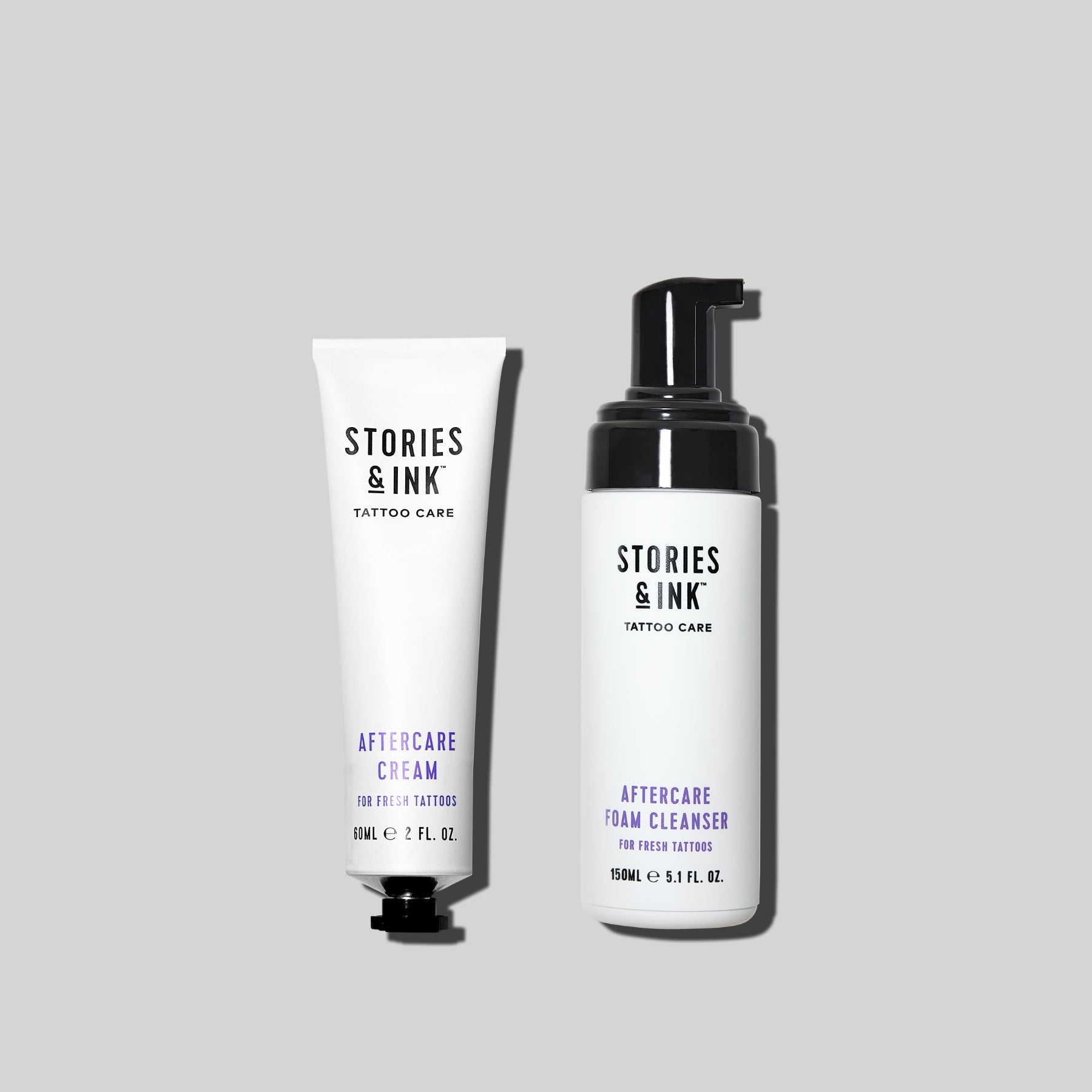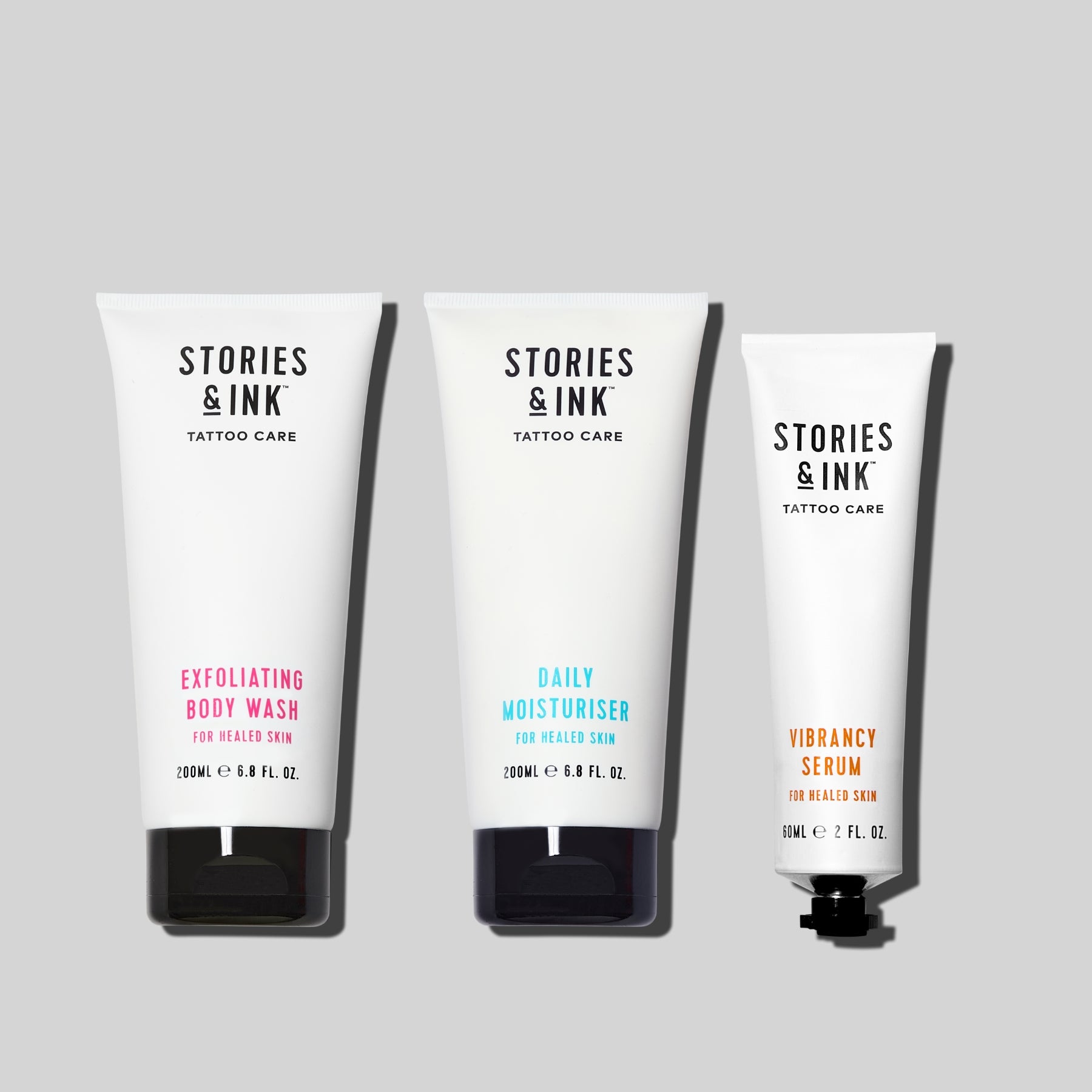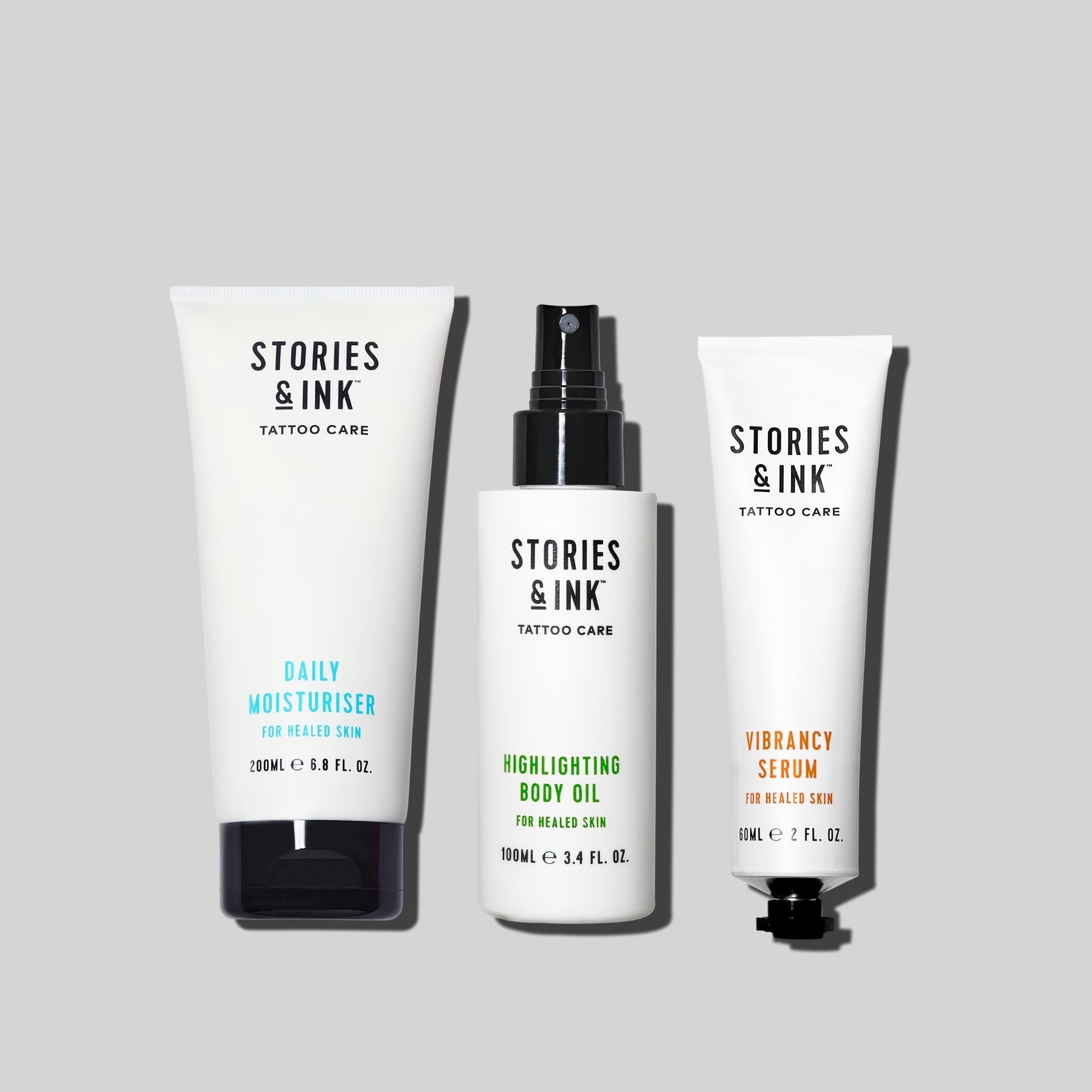Tattoo artist Lacey Law has an otherworldliness about her, like she doesn’t quite fit in the modern world and has somehow found her way here from a bygone era.
As a child, she'd sketch out plans for imaginary houses she might live in one day and always assumed she'd become an architect when she grew up. Now, she finds solace in places imbued with history. When she's in Brighton, for example, for the iconic tattoo convention, she gravitates towards the pavilion with all its nooks and decorated corners – "I could probably make a whole career from that building," she chuckles.
She's become known as an "engraving tattooer", and her bold blackwork designs look like they have been etched onto the wearer's skin. Lacey draws heavily from ancient architecture and images from art history – especially the pre-raphaelite masters: Rossetti, Millais, Waterhouse... and her tattoos have an almost archaic and romantic quality to them – like her own aesthetic, the tattoo becomes an artefact the moment the ink enters into the skin.
 Portraits of Lacey by Continuous Portrait Project
Portraits of Lacey by Continuous Portrait Project
Lacey's own personal history informs her work, and she grew up in a creative and highly decorated household – "I think I’d always been obsessed with altering and improving the appearance of everything around me, be it furnishings, clothing or makeup," she explains. Minimalism definitely isn't her thing, and you can see her rejection of that aesthetic in her highly detailed tattoos.
One sunny Saturday, we sat down under an umbrella at the Barbican in London to hide from the scorching sun and have a chat about her tattoo journey so far. She's only been tattooing for five years and yet her work looks like it's been honed for decades...

What are you first memories of tattoos?
I first became aware of tattoos when I was a teen getting into alt culture and seeing tattooed people in Kerrang magazine. It naturally fed into my obsession with covering every inch of everything in pattern and imagery. I used to make biro doodles on my arms, and as an awkward teen, uncomfortable in my body, seeing people unapologetically doing whatever the hell they wanted to theirs, it was an inevitable fascination.
[Singer] Ville Valo’s flame sleeve also had a massive impact on me. I’d never seen a tattoo like it, a whole arm brazenly covered in the same repeated pattern showed a commitment to design I hadn’t seen before. I think at that point I assumed all tattoos were small and didn’t even know sleeves could be seamless so it opened up a whole world of possibilities.

What was your journey to becoming a tattoo artist?
In art school, I was studying illustration and desperately wishing I could tattoo. That's when I discovered a love for printmaking, almost by accident. I actually sat myself down and said ‘hey maybe tattooing just isn’t going to happen, you need to find something else to fall in love with.’
Shortly after, I came across [tattoo artist and former owner of Into You in London] Alex Binnie’s woodcut portrait book, and almost in the same week one of our tutors gave us a short woodcut workshop. That's it, I was hooked.
"[Tattooing and printmaking] haven't been considered as high arts throughout history - they are pretty much accessible to anybody"
Working with wood gave me the satisfaction of learning an old craft. I read some poignant words by Alex on the parallels between tattooing and printmaking throughout history and that solidified my obsession. They are both a working man's craft, tattooing and printmaking, that haven't been considered as high arts throughout history – they are pretty much accessible to anybody. In both mediums, you're working with a natural material that's unforgiving. You have to trust your line.
I continued the remainder of my degree focused on printmaking. When I finally got the opportunity to start tattooing, I realised I couldn’t let the printmaking go. The two inform one another continuously, and the influence of printmaking is evident in my work.

I absolutely love that you turn paintings – the likes of Rossetti (one of my faves) etc – into tattoos, how do you approach taking the idea from canvas to skin? What do you think the allure of turning art into tattoos is?
Classical art deserves to be appreciated over and over again throughout the centuries and not be forgotten. As much as I love to come up with original compositions, I don’t feel the need to reinvent the wheel when there are infinite historical references that deserve to be recycled, reimagined, and honoured. You can’t take a rectangular painting and slap it on someone’s arm, I enjoy the process of taking elements from a work that someone has an emotional connection to, and making it work for the shape of the body part they want it on, taking into consideration the movement of the body. This means the art is always customised to the wearer.

What does it mean to be an "engraving tattooer"?
Engraving is a form of print making that originated in Europe in the 15th century. Similar to woodcut, it consisted of scoring or gouging lines into a hard surface such as copper or hard wood. Engravings were made up entirely of lines, and all tone was created through cross hatching and layering. I'm endlessly fascinated that just lines can create shadows and tones.
Follow Lacey on Instagram @laceyolivialaw
READ MORE
For more amazing artists, aftercare advice and ink inspiration, check out the Stories & Ink Journal.





